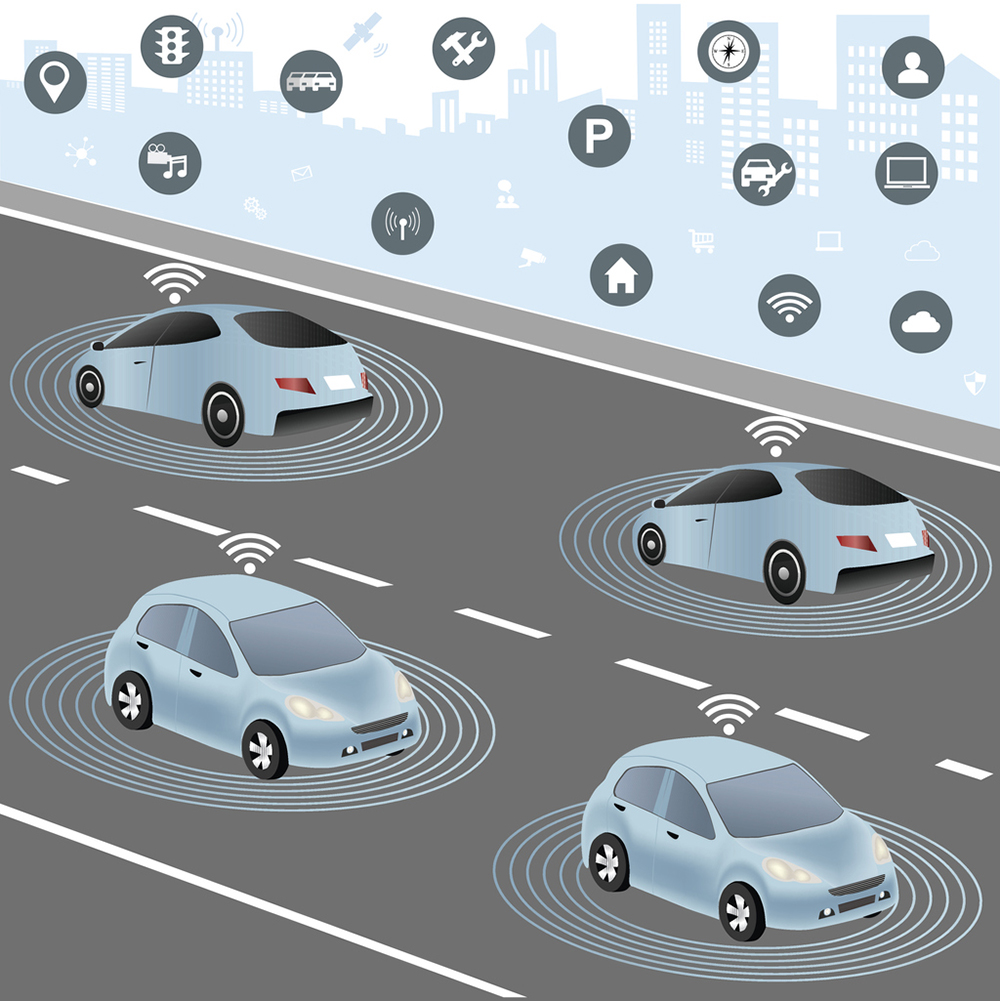As the automotive industry continues to embrace the digital revolution, cellular vehicle telematics has emerged as a groundbreaking technology. Leveraging the power of telecommunications and informatics, cellular vehicle telematics enables a wide range of applications, from fleet management to connected car services. However, to ensure the seamless functionality and optimal performance of such systems, drive testing has become an indispensable tool for evaluating and optimizing cellular networks. In this article, we delve into the significance of drive testing for cellular vehicle telematics and how it enhances connectivity for connected cars.
The Evolution of Cellular Vehicle Telematics
Cellular vehicle telematics represents a convergence of automotive and telecommunications technologies. This integration facilitates real-time data exchange between vehicles and remote systems, unlocking a plethora of services aimed at enhancing safety, efficiency, and user experience. From GPS tracking and vehicle diagnostics to emergency assistance and in-car entertainment, cellular vehicle telematics has revolutionized the automotive landscape.
The Role of Drive Testing in Cellular Networks
Drive testing is a fundamental practice in the telecommunications industry used to assess the performance of cellular networks. It involves driving a vehicle equipped with specialized measurement tools, such as scanners and analyzers, to collect data on various network parameters. These parameters include signal strength, signal quality, coverage areas, handover performance, data throughput, and latency.
Optimizing Connectivity for Connected Cars
While drive testing is primarily used to evaluate cellular network performance, it indirectly influences the effectiveness of cellular vehicle telematics equipment. Robust network connectivity is vital for the seamless operation of connected cars and the successful delivery of telematics services.
Evaluating Network Coverage
Drive testing helps identify areas with weak network coverage or dead zones, which are particularly crucial for cellular vehicle telematics. For connected cars to function optimally, a consistent and reliable cellular signal is essential. Drive testing allows service providers and manufacturers to identify areas of poor coverage, enabling them to plan for network expansion or deploy signal boosters to enhance connectivity in those areas.
Enhancing Data Throughput and Latency
Cellular vehicle telematics heavily relies on the transmission and reception of data in real-time. Drive testing assesses data throughput, which directly impacts the speed and efficiency of data transfer. By understanding data throughput characteristics, service providers can optimize their networks for telematics applications, ensuring that data is transmitted seamlessly between vehicles and centralized systems.
Moreover, drive testing also evaluates network latency, which measures the time it takes for data packets to travel between endpoints. Lower latency ensures minimal delays in communications and enhances the responsiveness of connected car services, such as navigation and driver assistance systems.
Ensuring Reliable Handovers
As vehicles move through different cellular coverage areas, smooth and reliable handovers between cell towers are crucial to maintaining uninterrupted connectivity. Drive testing assesses handover performance, identifying potential glitches or areas where handovers might be unstable. Ensuring seamless handovers allows connected cars to maintain consistent connectivity, providing passengers with a continuous and reliable experience.
Conclusion
Cellular vehicle telematics has opened up new horizons in the automotive industry, offering an array of services that enhance safety, efficiency, and convenience for drivers and passengers alike. To enable the seamless functionality of these telematics applications, drive testing plays a pivotal role in assessing and optimizing cellular network performance.
By leveraging drive testing data, service providers and manufacturers can enhance network coverage, data throughput, and latency to provide an exceptional connected car experience. As the automotive world continues to evolve, the importance of drive testing in cellular vehicle telematics remains unwavering, ensuring a connected and exciting future for the vehicles we drive.





